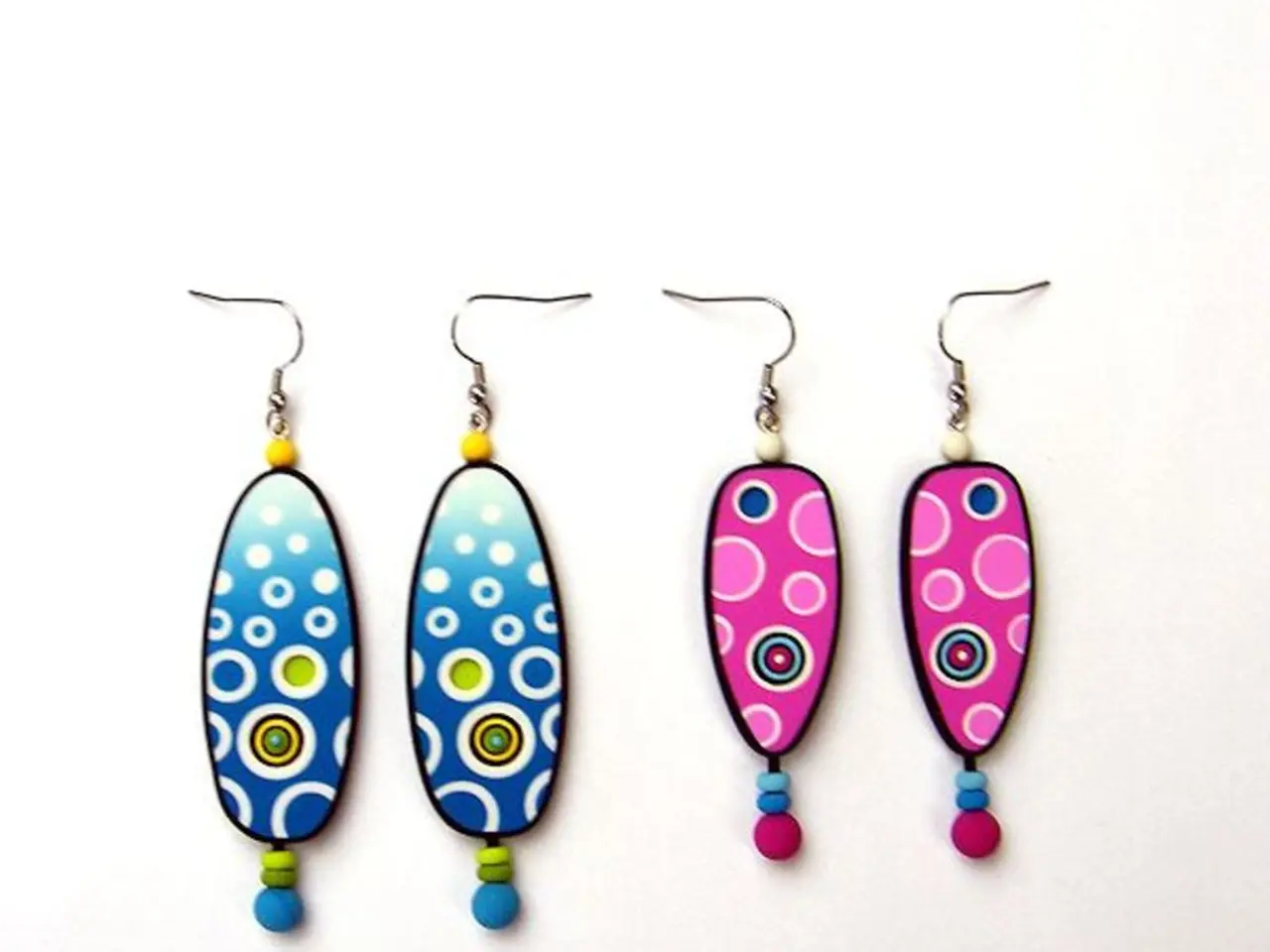Exploring the Efficiency of Tragus Piercings for Migraine Relief: A Valid Query
In recent years, daith and tragus piercings have gained popularity among migraine sufferers as a potential alternative treatment for their debilitating headaches. However, current scientific evidence does not support these piercings as effective treatments for migraines or pain relief.
The idea behind daith piercings stems from acupuncture principles, targeting an ear point believed to influence migraines. While some individuals have reported migraine relief after daith piercing, there is no reliable, controlled clinical study proving that daith or tragus piercings reduce migraine frequency or severity.
One study analysed the effects of acupuncture on migraine prevention and found a slight but significant reduction in migraine frequency compared to sham acupuncture treatments and no treatment. This suggests that acupuncture could help treat migraine and headache disorders, but the evidence is not definitive.
It is hypothesised that daith piercing might stimulate branches of the vagus nerve, possibly influencing migraine pathways. However, this remains speculative without empirical support. The potential benefits, if any, are temporary or placebo effects, and these effects are inconsistent and not scientifically verified.
Despite the lack of scientific evidence, some migraine sufferers have found relief after getting a daith or tragus piercing. One man reported a significant reduction in the frequency and severity of his migraine headaches after opting for a daith piercing. However, it is difficult to tell how effective these piercings are as an alternative treatment for migraine pain due to a lack of high-quality, large-scale studies on the subject. Most evidence for this treatment comes from case studies or firsthand accounts.
It is important to note that daith and tragus piercings have the potential to cause mild to severe adverse effects, including incorrect placement, allergic reaction, infection, bleeding, swelling, scarring, pain, nerve damage, and worsening migraine symptoms. People with metal allergies may choose to wear only gold, titanium, or surgical-grade stainless steel jewelry to minimise the risk of an allergic reaction.
To minimise the risk, people should get their piercings from licensed professionals, keep their piercings clean and dry, especially while they are healing, and discuss hygiene and reducing the risk of infection with the person performing the piercing.
Given the current state of research, people considering these piercings for migraine treatment should be cautious and consult healthcare professionals for evidence-based therapies. More rigorous research is needed to clarify any real therapeutic potential.
While daith and tragus piercings are popular among some migraine sufferers and widely discussed in social media and anecdotal reports, current scientific evidence does not validate their use as a treatment for migraines or pain relief. People should approach these treatments with caution and seek evidence-based therapies from healthcare professionals.
- The concept of daith piercings is derived from acupuncture principles, aiming at an ear point thought to impact migraines.
- A study on acupuncture for migraine prevention revealed a slight but significant decrease in migraine frequency compared to sham acupuncture and no treatment.
- The assumption that daith piercing could stimulate branches of the vagus nerve, influencing migraine pathways, is a speculation without empirical backing.
- While some migraine sufferers have reported relief after daith or tragus piercings, the effects are inconsistent and not scientifically confirmed.
- It's crucial to be mindful of potential side effects such as incorrect placement, allergic reactions, infections, and worsening migraine symptoms when considering daith or tragus piercings.
- To reduce risks, one should get piercings from licensed professionals, maintain cleanliness during the healing process, and consult healthcare professionals for evidence-based therapies before using piercings as an alternative migraine treatment.




